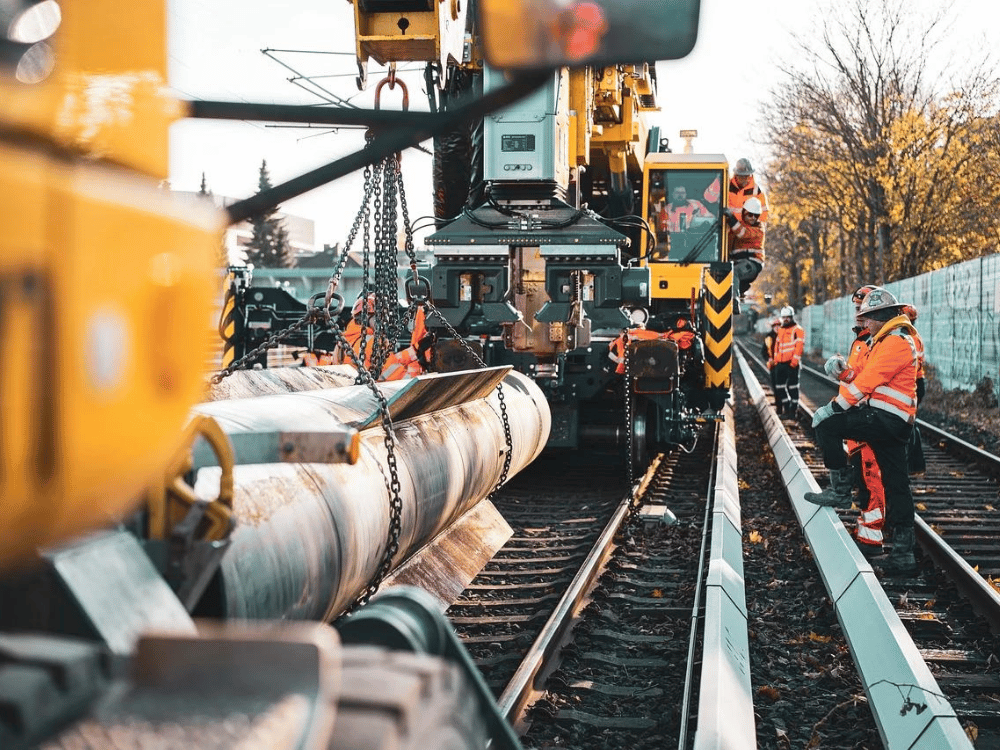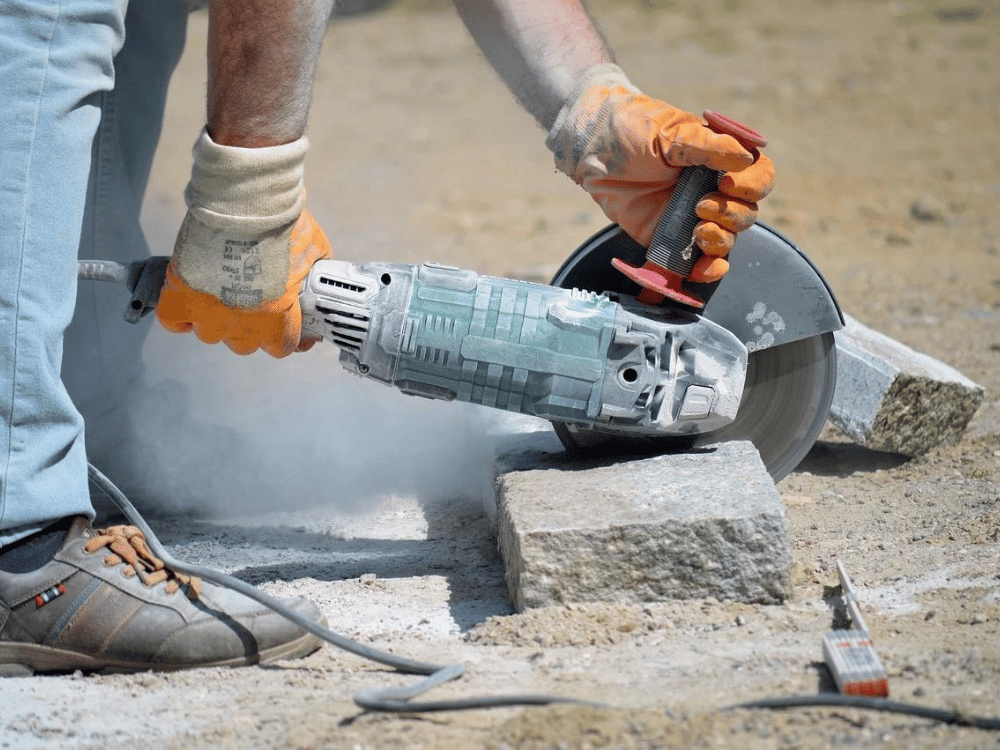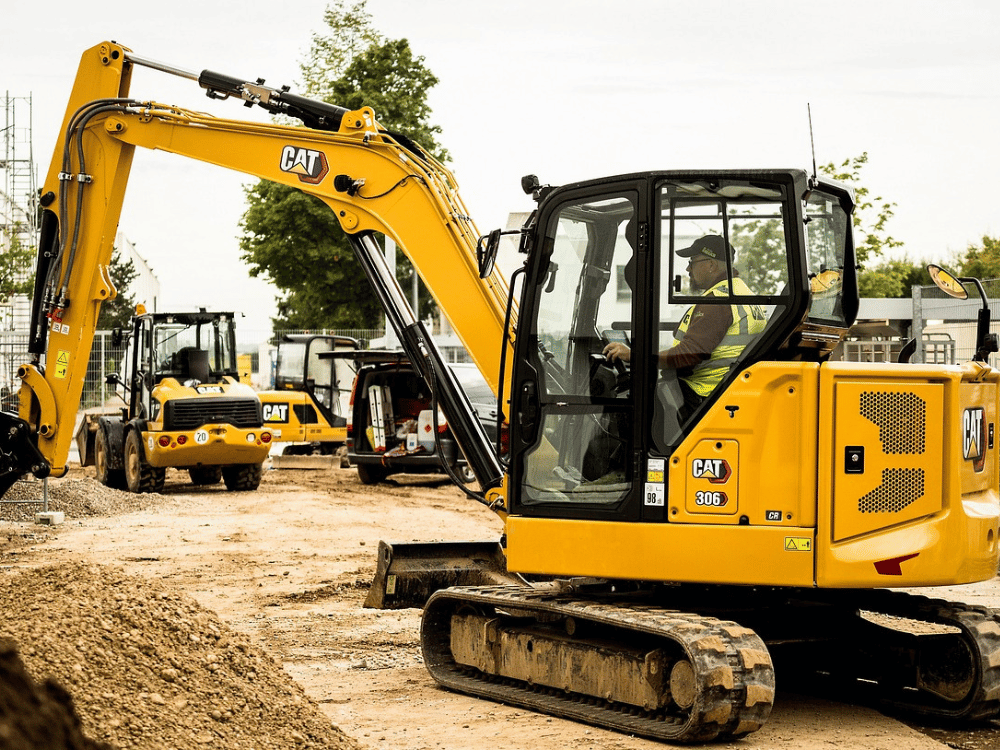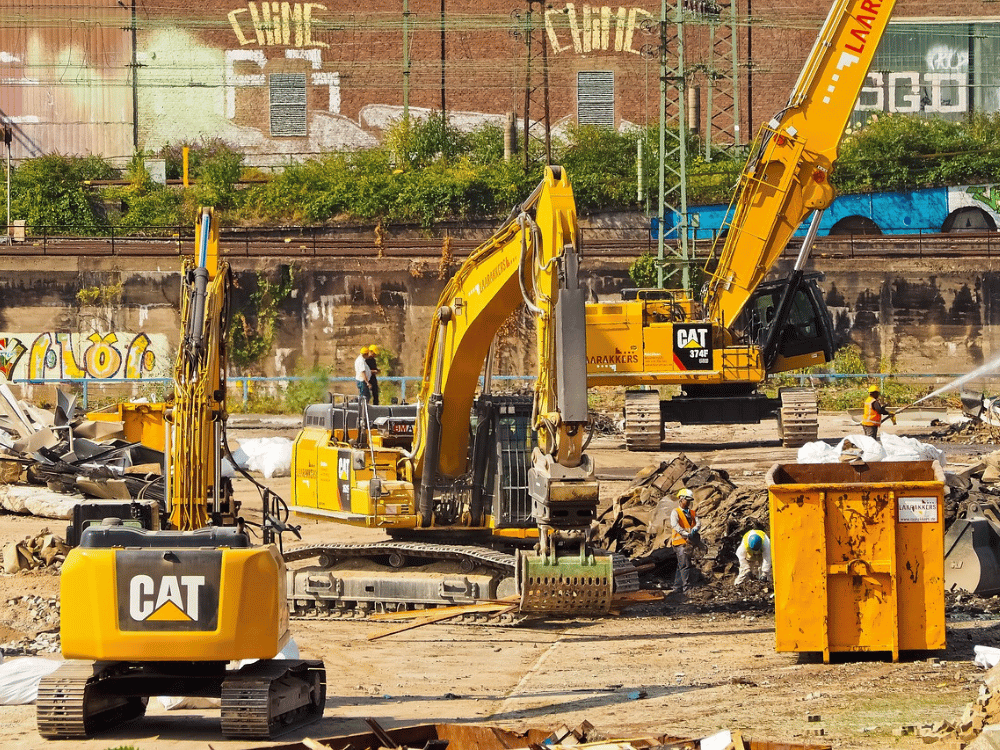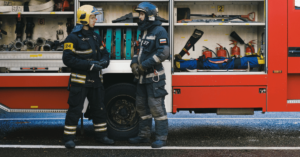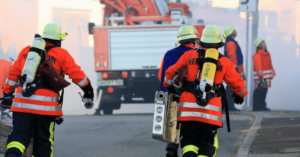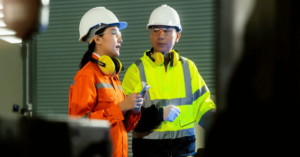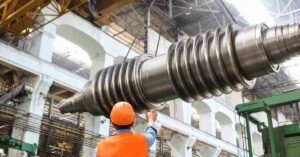Great Britain alone witnessed over 11,000 cases of work-induced hearing problems each year between 2021 and 2023 — with 85 workers reporting occupational deafness in 2022.
When workers leave a noisy environment, they often turn momentarily deaf or have ringing ears (tinnitus). Sudden, incredibly loud, exploding noises, on the other hand, can cause irreversible damage like Noise-induced Hearing Loss (NIHL).
As per the Control of Noise at Work Regulations 2005, UK businesses with excessively loud work environments (above 85 db(A)) should perform a noise risk assessment to ensure their employees’ well-being. This initiative, in turn, reduces absenteeism and increases productivity.
This blog provides a complete overview of risk assessments for noise, including their purpose, how to perform, and why employers must prioritise this effort.
Worried about Noise at Work regulations? At TSW Training, we can train your staff about noise hazards, how to wear Hearing Protection Equipment, and more. Contact us to safeguard your workers against noise hazards with our NEBOSH-accredited Health and Safety training courses.
What is Noise Risk Assessment?
More than 12 million adults in the United Kingdom suffer from hearing damage, tinnitus, or permanent deafness — 10.1 million of these cases were reported in England alone. Research also shows that an estimated 1.2 million people have such severe damage that they can’t hear most conversational speech.
Noise exposure is, in fact, a fast-growing health and safety risk in UK-based workplaces. On that note, a Noise Risk Assessment is how employers can systematically identify and analyse the potential health risks to workers caused by noise levels > 85 dB(A).
It is a key step to improving workplace safety culture, especially in industries where loud machinery or operations are frequented—construction, demolition, road repair, woodworking, engineering, etc.
How is Workplace Noise Assessment Different?
UK-registered employers are advised to follow a Noise at Work Regulations 2005-complaint risk assessment, which differs from any generic noise monitoring survey.
Here’s a brief comparison:
|
Noise Risk Assessment |
Noise Monitoring Survey |
|
|
Core purpose |
Identifying and analysing noise exposure-related risks at work |
Measuring noise levels in specific zones |
|
Scope of analysis |
Focuses on the source of noise, exposure levels, health risks, etc. |
Focuses on noise exposure readings & data |
|
Result |
Establishes control measures & staff training to use protective gear |
Does not suggest risk-aversion techniques |
What is the Aim of a Noise Assessment?
By 2035, it’s estimated the United Kingdom will witness around 14.2 million cases of hearing problems.
This data suggests the need of the hour to safeguard workers from NIHL, an irreversible and permanent disease triggered by noise exposure — and that’s the main aim of performing noise risk assessments.
What is an Occupational Noise Assessment Report?
An occupational noise assessment report is a document summarising the outcomes of a noise risk assessment. It usually consists of:
- Survey parameters (date and time, surveyor details, equipment used, etc.)
- Noise survey data (location/equipment, noise level, source of noise)
- Analysis of exposure time and levels, in contrast to regulatory guidelines
- Control measures to mark Hearing Protection zones, lower noise, minimise risks
- Action plan for training and ensuring staff well-being
At TSW Training, our NEBOSH-accredited Health & Safety courses are designed to inform workers about workplace noise exposure risks, instruct them how to operate in Hearing Protection Zones, train them to wear protective gear and ensure compliance, and more.
Benefits of Noise Assessment Training
According to the British Academy of Audiology, hearing loss costs the UK economy £25 billion in lost productivity and unemployment annually.
Employees with hearing issues are paid £2,000 less than regular staff, which leads to £4 billion in annual lost income across the United Kingdom.
On that note, Noise Assessment Training benefits both businesses and employees by promoting a safer, healthier, and more productive work environment. Here’s how:
1. Reduced Risk of Hearing Loss
NHS England reports hearing loss is expected to rank #1 among the top ten disease burdens among adults by 2030—ahead of diabetes and cataracts—as estimated by the WHO.
Hearing loss can dramatically worsen an individual’s quality of life, possibly increasing the risk of dementia, fundamental communication difficulties, and even mental health problems. Fortunately, noise risk training ensures workers aren’t prone to such life-altering risks during their full-time shifts.
2. Compliance with Workplace Health & Safety Legislation
Section 10 of the Control of Noise at Work Regulations 2005 mandates employers in the United Kingdom to protect their workers from work-induced hearing loss through proper information, instruction, and training.
Training in noise assessment gives employees the skills required to fully understand these regulations and ensure they’re followed. By taking a proactive stance, employers can avoid improvement notices, heavy penalties, and stricter legal action under the Health and Safety at Work Act 1974.
3. Employee Well-being & Higher Productivity
Studies have shown that continuous exposure to high noise levels can cause physical and psychological stress, fatigue, reduced concentration and lower employee productivity.
On that note, workers who undergo noise risk training can improve workplace safety, focus, and peacefulness by skillfully managing noise-induced risks. This simultaneously promotes staff well-being and encourages them to be more productive.
4. Lowering Unforeseen Business Costs
NIHL, the most prevalent cause of work-induced medical conditions, accounts for roughly 75 percent of all occupational disease claims in the UK, as per HSE.
NIHL-related settlement claims and increasing staff absenteeism due to hearing loss put extreme financial strain on companies. Training in noise assessment helps businesses manage noise-related issues proactively, lowering the risk of such expenses while creating an employee safety-first workplace.
5. Improving the Business’s Reputation
Lastly, committing to worker health and safety is imperative in building a strong company reputation. Noise risk training is a means for employers to demonstrate their dedication to employee well-being as a core value, which can help attract and retain top industry talent.
Reducing noise threats at work today helps protect your staff’s hearing for years, creating a safer, healthier, and more productive workplace for everyone.
Educate your employees about workplace noise risks by enrolling them on our Health & Safety courses at TSW Training.
Guidelines for Environmental Noise Impact Assessment
Environment Impact Assessments (EIA) play a major role in identifying the potential consequences of any upcoming operation/project on the nearby population.
In the United Kingdom, two main British Standards provide instructions for carrying out these assessments, BS8233:2014 and BS4142:2014. The Control of Pollution Act 1974 and the Environmental Protection Act 1990 contain strict laws related to noise control, and these standards offer a structure for compliance.
- BS8233:2014: Offers guidance on performing sound insulation and noise reduction for buildings; focuses on managing noise levels inside structures and how outside noise affects occupants.
- BS4142:2014: Offers methodologies for classifying and assessing industrial and commercial noise levels; instructs on measuring and analysing the loud noises generated by business and factory-led operations.
By understanding these EIA standards, developers and local governments can make more informed decisions about planning applications and implement effective noise risk-aversion strategies.
Factors of an Environmental Noise Assessment
To fully understand how noise levels affect a surrounding area, an Environmental Noise Assessment factors in numerous vital elements, which are as follows:
- Source of noise: The category, site, and functioning details of the noise source help understand its impact in detail (for example, type of machinery, hours of operation, and emission levels).
- Noise levels: These are usually measured in decibels (dB) using a range of labels, such as Lden (day-evening-night level) and LAeq (equivalent continuous sound level).
- Distance attenuation: This factors in the total distance between the main source of noise and surrounding receptors; as one moves away from the source, the noise levels drop.
- Weather conditions: Factors like wind speed and direction can directly affect noise propagation.
- Background Noise: The existing noise levels in the area are essential to calculate the additional impact of the noise source being assessed.
- Receptor Sensitivity: The type and sensitivity level of receptors nearby are crucial, as residential areas are often more noise-sensitive than industrial ones.
By factoring in these elements, noise assessments can help forecast the impact a source of noise has on the surrounding atmosphere and decide whether mitigation strategies are needed.
How to Conduct a Noise Assessment Survey
According to the Institute of Environment Management & Assessment, a Noise Assessment Survey includes the following steps:
- Planning and scoping: This stage defines the project objectives, identifies noise sources and receptors, and determines the scope of the assessment.
- Site survey: The surveyors perform an exclusive site visit to learn more about the sources of noise, receptors, and the surrounding area.
- Measurement of noise levels: To estimate existing noise levels and potential noise emissions from the planned development, the surveyors perform measurements in specific areas.
- Data analysis and forecast: The noise data obtained is evaluated to estimate how the development will affect neighbouring receptors by weighing factors like noise propagation and background noise levels.
- Mitigation Measures: Using the assessment findings, surveying officials share expert solutions for noise exposure mitigation – engineering controls (for example, noise barriers), improvements in operational methods, usage of Personal Protective Equipment (PPE) for workers, etc.
- Reporting: A thorough report, including the evaluation process, conclusions, and suggestions, is written. This report is required for future planning applications and demonstrating noise compliance.
By following these steps, a BS8233:2014 Noise Assessment Survey helps uncover the concerning noise risks in any specific area.
Frequently Asked Questions (FAQs)
Before we leave, here are some FAQs about noise risk assessment in the workplace:
Can I see a Noise Risk Assessment Example?
Noise risk assessment examples are readily available on the internet.
Additional resources and guidance are also available on numerous government websites dedicated to occupational safety. For example, the Health and Safety Executive (HSE)’s “Noise: How Do I Assess the Risks?” section provides a great overview of each step needed in conducting a Noise Risk Assessment.
What is BS4142 Noise Assessment?
BS 4142:2014 is a British standard for noise assessment, consisting of guidelines for planning and developing projects near existing traffic noise sources.
Although not directly relevant to occupational noise assessments, certain businesses (e.g. construction or machinery-led fields) can use the BS 4142 standards to assess how their operations impact neighbouring communities.
What is BS8233 Noise Assessment?
BS 8233:2014 offers guidelines for determining and assessing sound pressure levels in the workplace.
It is an essential benchmark that qualified surveyors use when doing noise risk assessments in the workplace. This standard describes how to measure noise, including where to measure, how to calibrate equipment, and how to analyse data.
What is PPG24 Noise Assessment?
The Department for Levelling Up, Housing, and Communities issued Planning Practice Guidance 24 (PPG24), a non-statutory document in 1994.
Although PPG24 is not a legal requirement, it’s still a valuable resource for developers and local authorities when addressing concerns regarding excessive noise in new planning applications.
How Often Should an Organization Get a Noise Risk Assessment?
The HSE recommends noise risk assessments be reviewed regularly to guarantee worker safety.
This is especially critical anytime major changes are occurring at work that could bring in new sources of noise or change levels of noise already present.
Additionally, NRAs are recommended as part of regular health and safety reviews, which occur at least every two years, and in immediate response to employee complaints regarding noise exposure.
Conclusion
It’s every employer’s responsibility to ensure health and safety in the workplace. Addressing noise risks is a great initiative to live up to that commitment.
Businesses have both a moral and legal obligation to perform an in-depth noise risk assessment following Noise at Work Regulations. At TSW Training, your staff can receive expert guidance from our certified trainers on how to locate noise sources, measure exposure, and put effective control measures in action.
So, why wait? Enrol in our Health & Safety course today and take the first step to safeguard your employees’ hearing health and your organisation’s bottom line.


